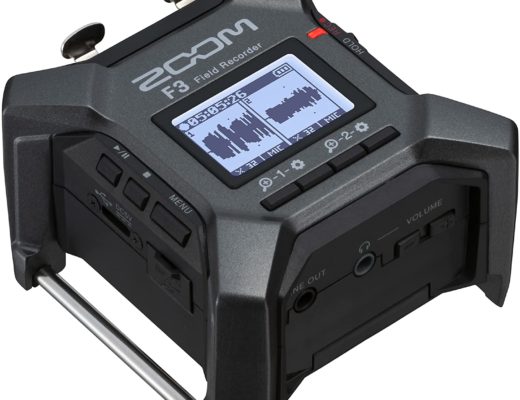
I received the brand new US$99 RØDE VideoMic Go II compact hybrid shotgun microphone, which I’ll be reviewing very soon, including my own recordings. In the meantime, i want to share my first impressions about how it compares with two other RØDE shotguns I reviewed at the beginning of 2020 and at the end of 2019. The new VideoMic Go II shares the same acoustic design of those two, the US$499 NTG5 and the US$249 VideoMic NTG. The new VideoMic Go II also shares the hybrid (XLR + analog) with the VideoMic NTG. But then the differences begin to become clear, as well as the reasons why RØDE determined that it would be great to complement these two existing shotguns with one that costs a fraction of either of those two, while sounding very similar.
Similarities between the VideoMic Go II and the VideoMic NTG
Both the the VideoMic Go II and the VideoMic NTG share the same acoustic design and they both offer hybrid connectivity:
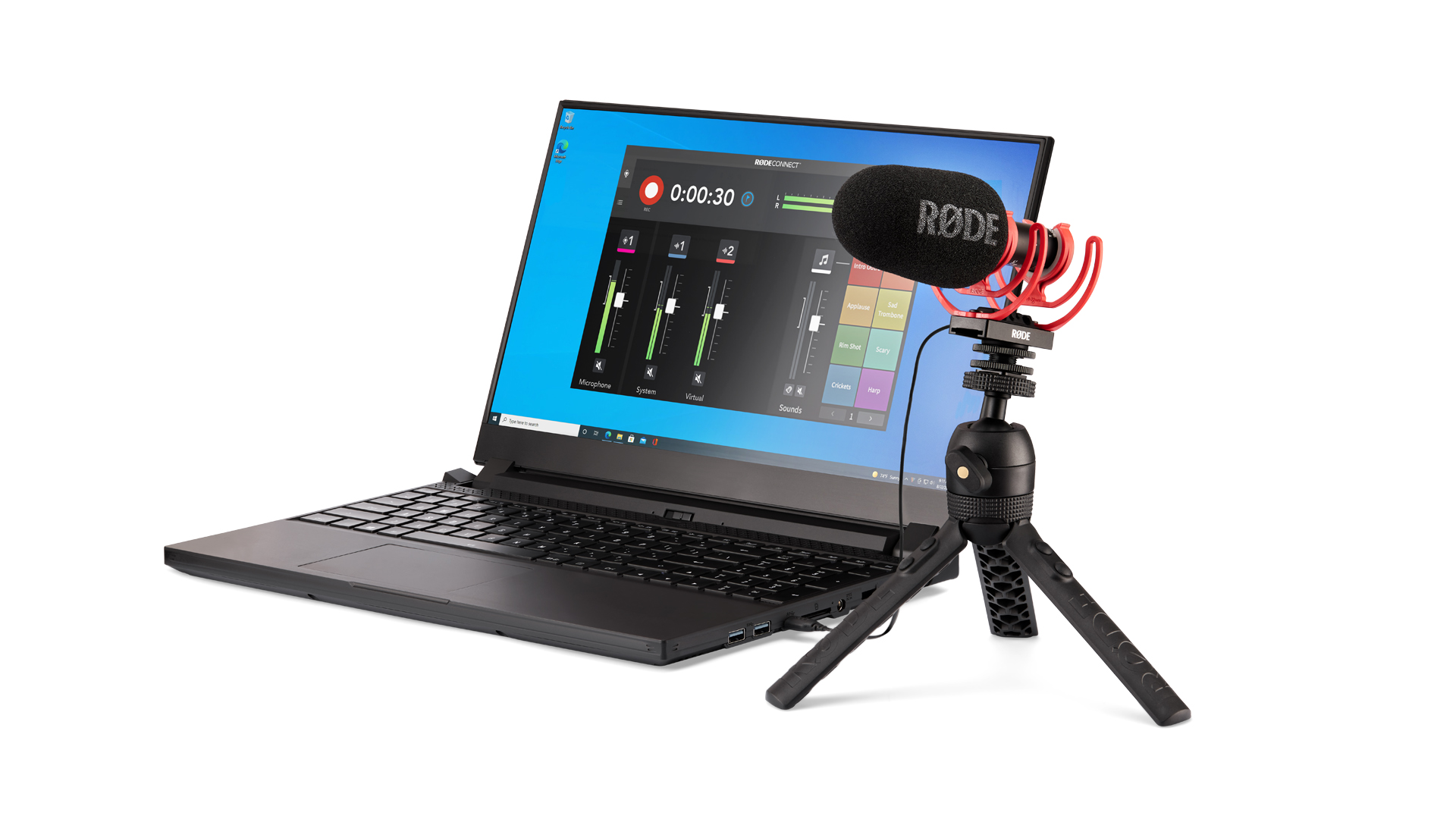
- digital USB-C for smartphones, tablets and computers. In this mode, the 3.5 mm output offers latency free monitoring, playback and any audio coming from the system, including the other person via any conferencing software, including Cleanfeed Pro, Google Meet, Microsoft Teams, Riverside.fm or Zoom.us.
- Analog via a 3.5 unbalanced output to feed camcorders, recorders and smartphones that still use 3.5 mm TRRS (but can become truly balanced using the optional VXLR Pro, whenever appropriate).
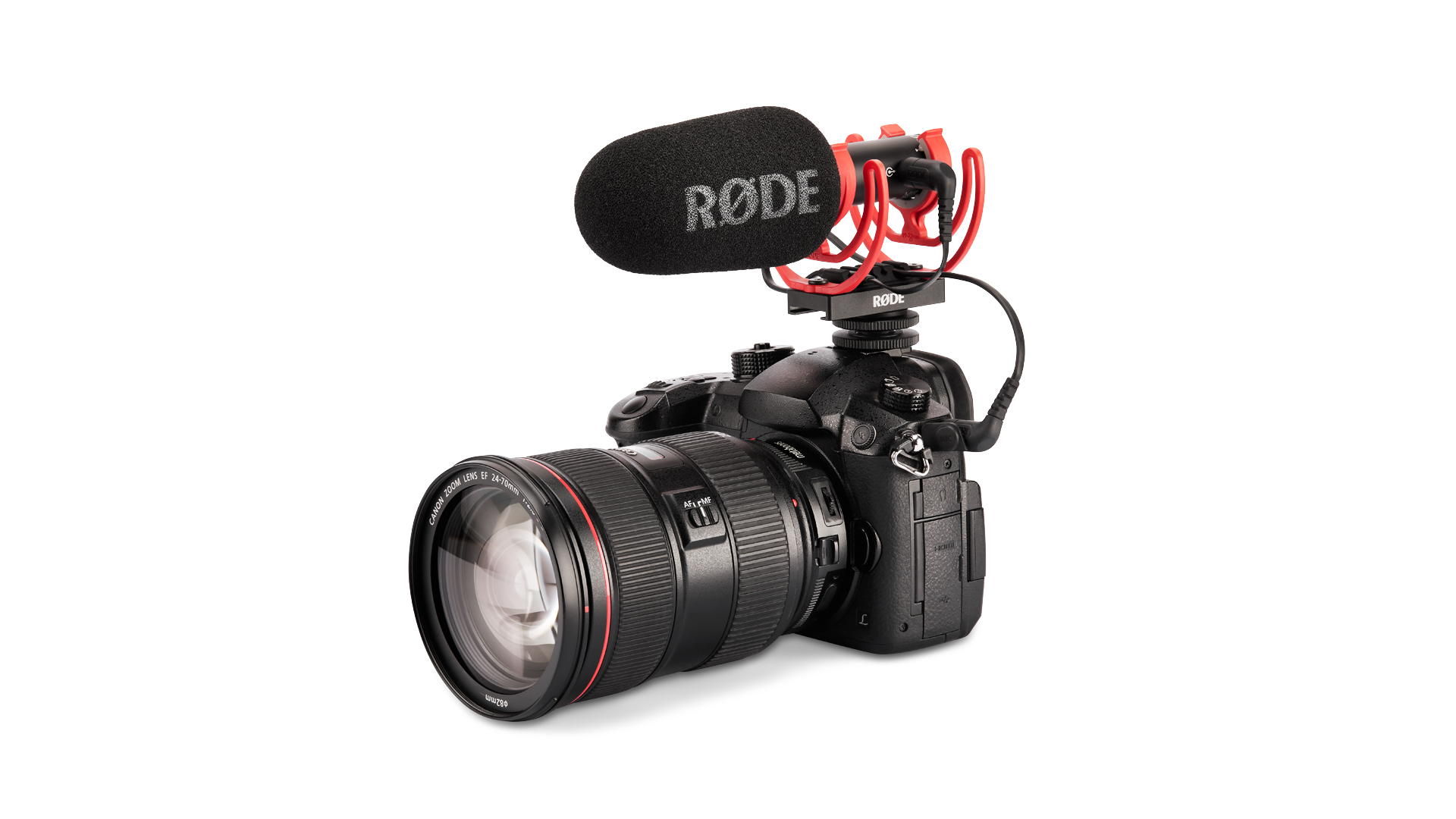
Differences
The US$249 VideoMic NTG I reviewed in 2020 measures 171 mm long, while the new VideoMic Go II only measures 150 mm, 12.2% shorter. The VideoMic NTG weighs 94 grams, while the new VideoMic Go II weighs only 89 grams, 5% lighter. How did RØDE shrink it, lighten it while retaining a singular sound?
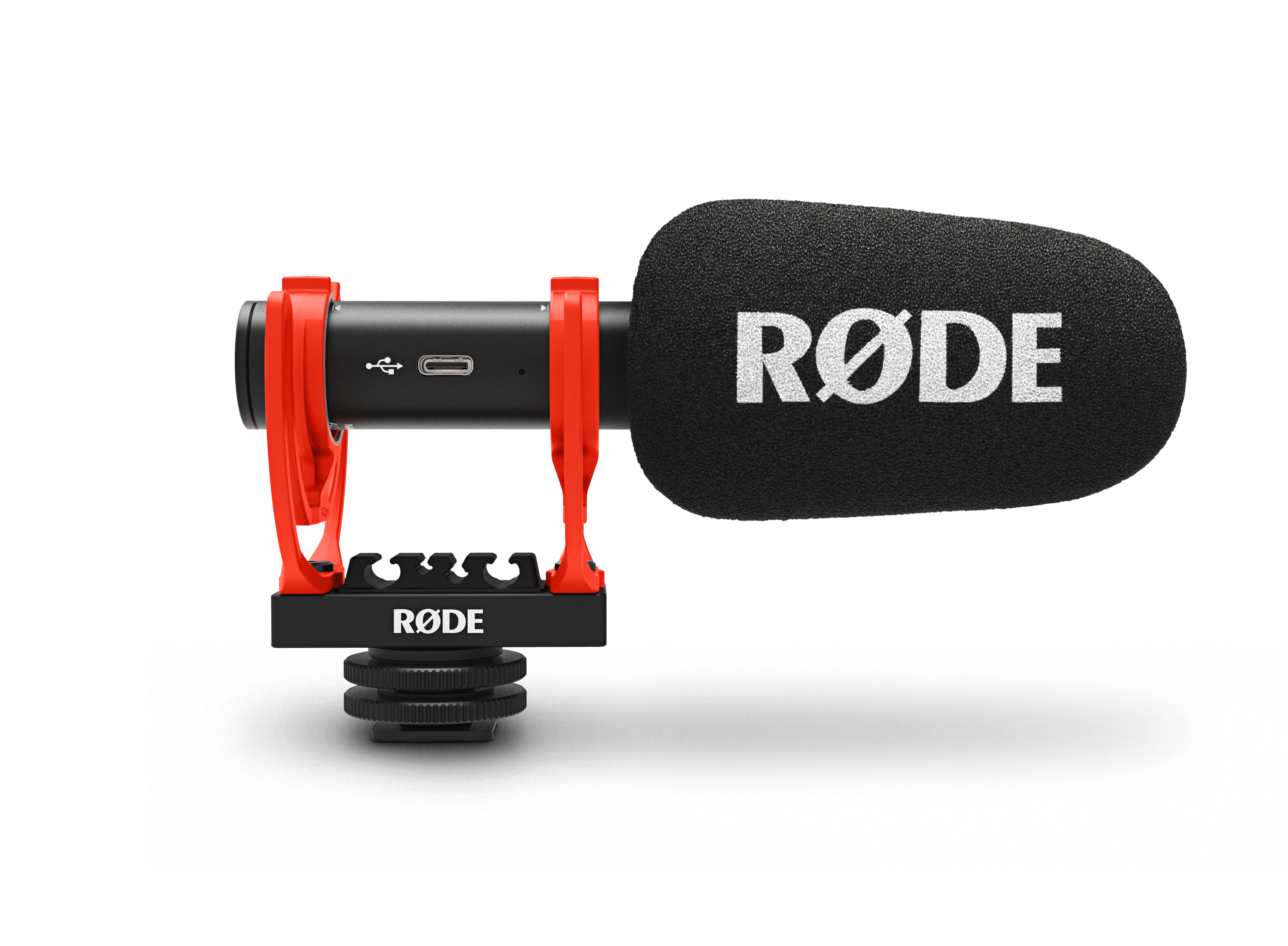
First, the VideoMic NTG has a built-in battery, while the new VideoMic Go II has none. Instead, it is powered either via USB or via bias voltage (aka plugin power) via the 3.5 mm connection. That explains some of the weight difference. But another difference is that the new VideoMic Go II no longer has any physical buttons or knob. Instead, everything must be set or adjusted via one of RØDE’s free apps. Those apps include the RØDE Reporter (a recorder app I have covered in many past articles for Android and iOS), RØDE Central and RØDE Connect (two other apps for macOS and Windows I have covered before). The functions these apps can control on the VideoMic Go II include the gain of the microphone via the digital USB output, the volume of the headphone output, the optional low pass filter, the optional pad (attenuator) for very loud sources and the optional high frequency boost.
CLARIFICATION: Even though the app named RØDE Reporter get’s all the buzz nowadays, there is also a great physical handheld dynamic microphone of the exact same name which I reviewed in 2015. You’ll find that too when you click on the above link for the RØDE Reporter app or search for it anywhere else. Vergüenza ajena… Third party guilt. I was not the one who named them. They are both great, just confusing!
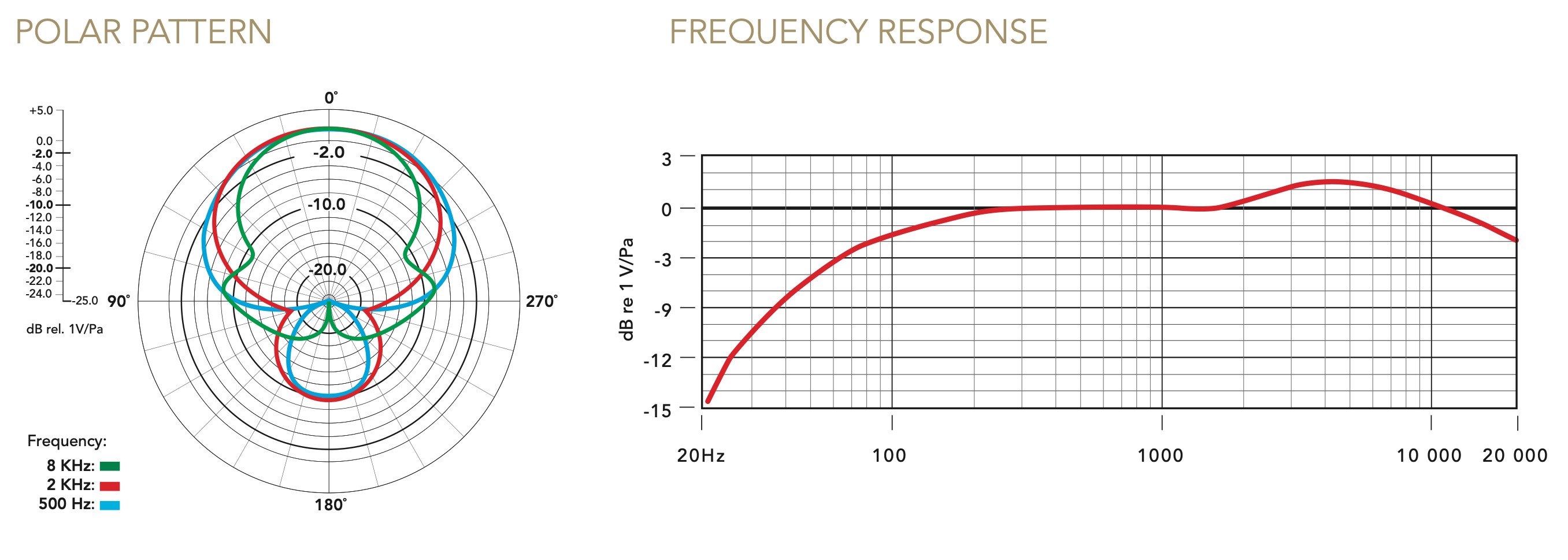
Message from RØDE’s CEO

The below quote includes authentic Australian spellings:
“When we released the VideoMic NTG in 2019, we completely revolutionised on-camera audio, as we have been doing for well over a decade,” says RØDE CEO Damien Wilson. “With its highly innovative acoustic design and USB recording capabilities, it pushed the boundaries of what a compact shotgun mic was capable of. Not only was it ideal for on-camera use, but it also became a go-to for mobile content creators, an excellent portable recording solution for podcasters and streamers, and a do-it-all microphone for filmmakers. The VideoMic GO II combines these same features with the ultra-lightweight and easy-to-use form factor of the original VideoMic GO to offer a highly versatile yet approachable microphone ideal for a wide variety of creators, from beginners to seasoned professionals. The next generation of compact shotgun microphones has well and truly arrived, and once again, RØDE is leading the charge.”
Image credits
All images in this first look/commentary are courtesy of RØDE.
Planned tests for the upcoming review
- Indoor audio recordings using the included windscreen at different distances, with and without noisy background noise, with and without the different levels of the low pass filter, via the digital USB-C and with the analog output.
- Outdoor audio recordings using an optional artificial “dead cat” for better wind resistance, at different distances.
To be sure you are notified, please subscribe one of the ways listed below.
(Re-)Subscribe for upcoming articles, reviews, radio shows, books and seminars/webinars
Stand by for upcoming articles, reviews, books and courses by subscribing to my bulletins.
In English:
- Email bulletins, bulletins.AllanTepper.com
- In Telegram, t.me/TecnoTurBulletins
- Twitter (bilingual), AllanLTepper
En castellano:
- Boletines por correo electrónico, boletines.AllanTepper.com
- En Telegram, t.me/boletinesdeAllan
- Twitter (bilingüe), AllanLTepper
Most of my current books are at books.AllanTepper.com, and also visit AllanTepper.com and radio.AllanTepper.com.
FTC disclosure
Some of the other manufacturers listed above have contracted Tépper and/or TecnoTur LLC to carry out consulting and/or translations/localizations/transcreations. Many of the manufacturers listed above have sent Allan Tépper review units (including RØDE) or NFR licenses (Cleanfeed). So far, none of the manufacturers listed above is/are sponsors of the TecnoTur, BeyondPodcasting, CapicúaFM , SpeakCastilian or TuSaludSecreta programs, although they are welcome to do so, and some are, may be (or may have been) sponsors of ProVideo Coalition magazine. Some links to third parties listed in this article and/or on this web page may indirectly benefit TecnoTur LLC via affiliate programs. Allan Tépper’s opinions are his own. Allan Tépper is not liable for misuse or misunderstanding of information he shares.









